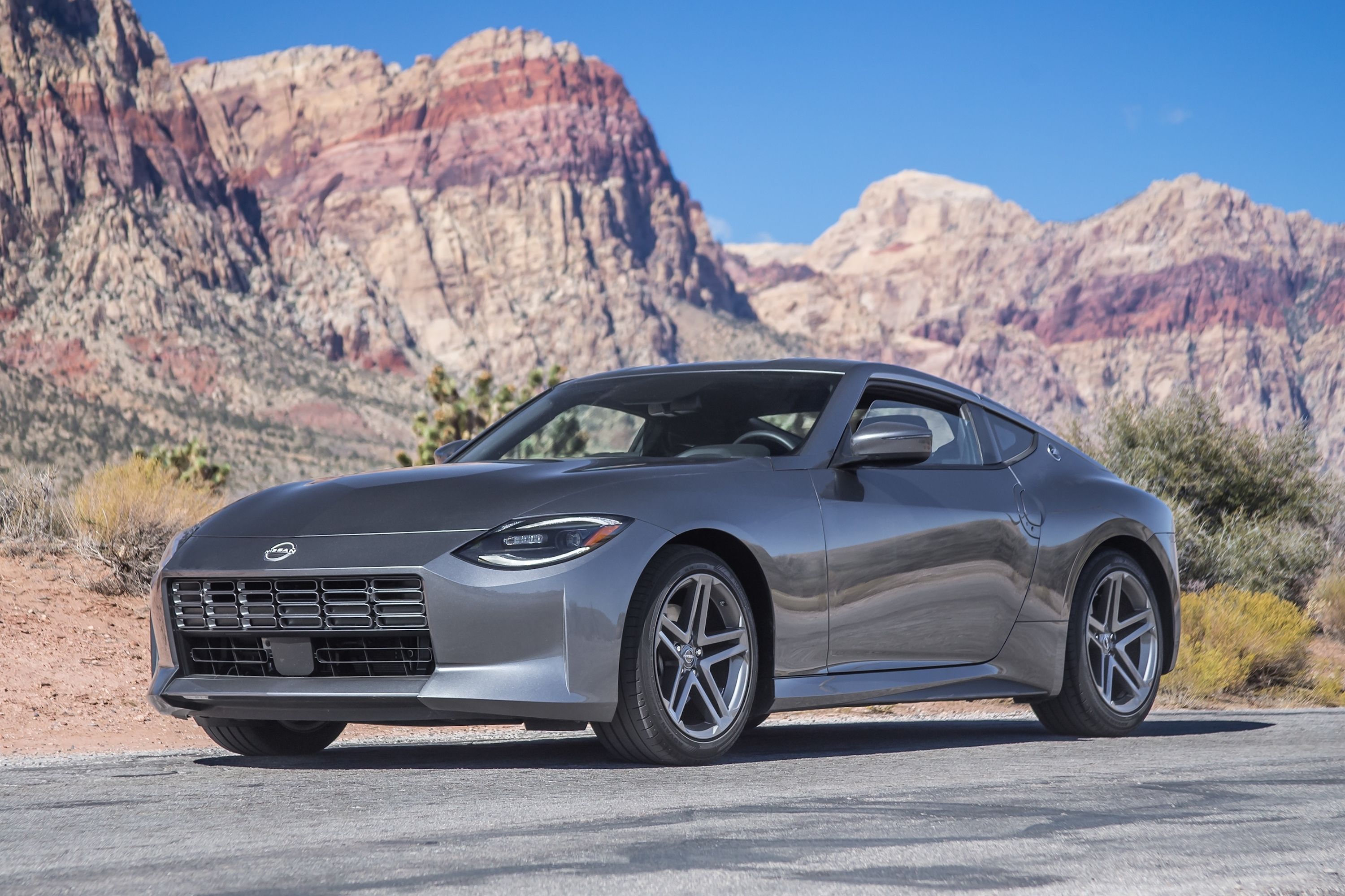
Despite its financial difficulties, Nissan has been making great strides to regain its mojo, and part of that effort includes its continued presence in the sports car segment. The Nissan GT-R is another thing entirely, though a successor is still in the cards. No, we're referring to the iconic Z car. The Nissan 370Z launched way back in 2009 and has changed very little ever since. Does this mean the Z Proto, likely to be named 400Z once it reaches production, is all-new? Well, there have been suspicions the Z Proto rides on the same, though modified, rear-wheel-drive platform. Nissan has refused to directly comment on the matter, but now it seems we have our answer once and for all.
The following video was made by Japanese journalists who recently visited the Nissan Pavilion in Yokohama earlier this month where they were able to get an up-close inspection of the new concept. They also brought along their tape measure.
A Nissan official didn't like that very much. Thanks to the English subtitles, we can follow their concept walkaround and, thankfully, they claim the car looks even better in the flesh than it does in pictures. And then they begin taking a few measurements.
The Z Proto has an axle to axle measurement of about 255 cm, which is identical to that of the 370Z. Why would Nissan go to great lengths in designing an all-new RWD platform only for it to have the same dimensions as before? The fact is it wouldn't. Designing and engineering any new vehicle platform from the ground-up requires a hefty budget and a few years' time. While Nissan had the time to do so, it simply didn't have the money.
Furthermore, a major investment for a platform likely limited to a single model, and a niche one at that, makes no financial sense. That all being said, is Nissan's second go-around with the 370Z's setup really a bad thing? There was nothing really wrong with it except for the age of the vehicle riding on it. A complete redesign inside and out along with a new engine and various other refinements prove this front-engine RWD layout still has years of life ahead.
Mainstream brand sports cars with a manual transmission are far less common than ever, and Nissan made the right decision here, hands down.
